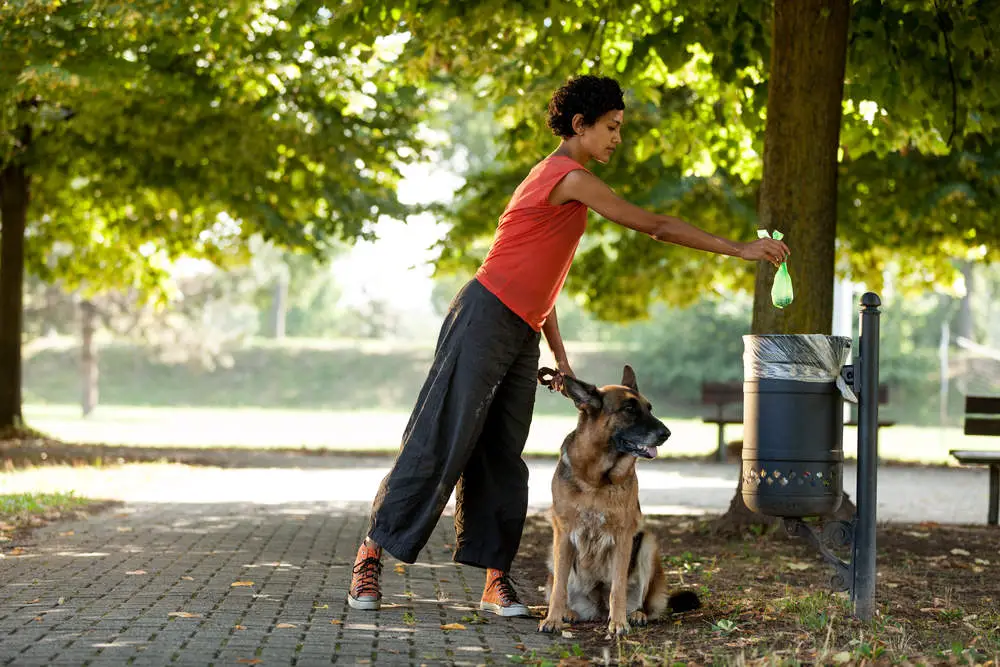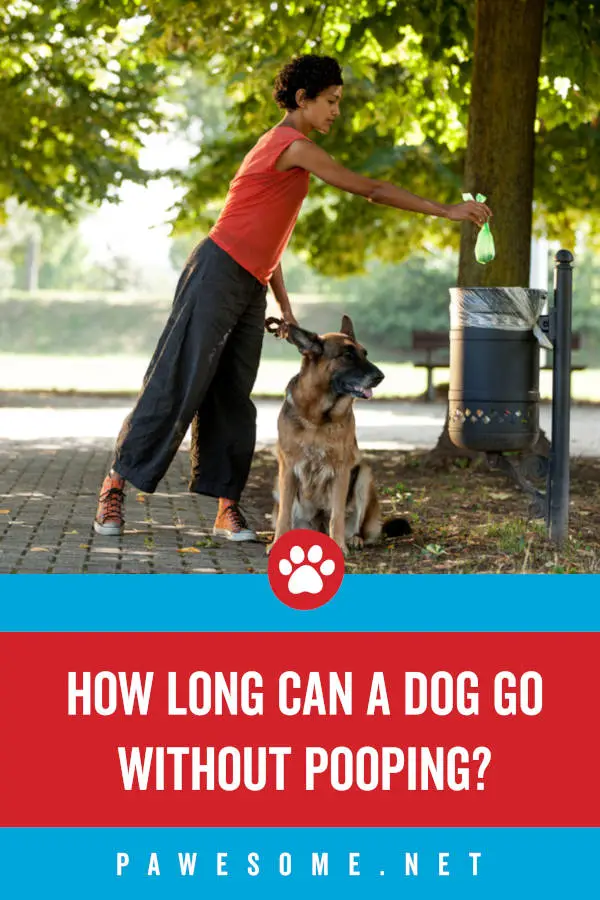
Constipation is a pain in the butt. Not in a figurative or behavioral way but quite literally a pain when it gets to that stage of severity.
Whether we are talking about humans or dogs, ignoring constipation can have dangerous and sometimes fatal consequences.
The significant difference between humans and dogs though is that we can at least find many different (and sometimes colorful) ways of expressing ourselves for pain or comic relief. Our canine buddies don’t have that luxury.
So, if you are a dog parent or want to be one, here’s what you need to know about constipation in your furry friend. This information might just save your buddy’s life.
The Tell-tale Signs
Constipation is defined as difficult and infrequent (or the lack of) bowel movements. This is one of the most common health problems in a pet with respect to their digestive system.
Unlike human food, which goes through our intestines, dog food goes to the colon first and then comes out. And dogs poop about one to three times a day, typically after a meal.
How do you know if your dog is constipated? Well, you can tell if you look at their stool and it is hard and/or dry. You can also suspect a case of constipation if your pet is struggling while trying to poop or is passing mucus along with the poop.
You will also be tipped-off if your canine kid hasn’t pooped in over two days or is strained and struggling with it while pooping for the same amount of time.
Some of these symptoms could also mean your dog has a urinary tract infection. But in both cases, your job remains the same. Take your pet to the vet immediately for diagnosis and treatment.
Now, what causes constipation in dogs? There are many reasons.
- Their diet could have too much or too little fiber.
- They are not getting enough exercise.
- Their anal sacs could be blocked or abscessed. (Abscessed means pus has built up within the tissue. You can tell if there is redness, warmth or swelling in the region.)
- They could have an enlarged prostate gland.
- A large amount of hair could have been collected in the stool because of excessive self-grooming.
- There could be excessive hair around their private parts because of a lack of grooming or due to obesity.
- They may have ingested gravel or stones or bones or dirt etc. which got stuck in their intestinal tract.
- They may have a tumor on their private parts or within the rectum.
- It may be the side effect of medication for some other health problem.
- There could be trauma to the pelvis.
- They could be experiencing an orthopedic problem that causes pain when they are in the physical position to poop.
- It could be a neurological disorder.
- They could be avoiding water because of an illness that has led to dehydration.
Now, if you have an older dog, they are likely to experience constipation more frequently than a young one or a puppy. But it is a good idea to always keep an eye on their pattern.
Related: How to Clean Dog Poop Off Shoes
The Time Period
Now, when does the lack of pooping turn into a constipation crisis? The short answer to this question is 48 hours.
If your dog misses one of the poop parties, it is not in itself a medical emergency. But if it has other health problems or prone to them (like some breeds are) then you must want to be alert.
For example, if your canine has heart issues, they might have difficulty in breathing. It causes weakness and leads to difficulty in pooping.
The weakness can also cause a lack of eating and drinking and result in constipation. It could also cause dehydration and might lead to constipation.
Having heart issues and weakness could also mean pooping is too much work for them. So they avoid it and walk themselves into constipation.
So in such cases, constipation constitutes a medical emergency and needs to be addressed immediately.
Now, if your dog has not pooped in two days, this could also lead to a physical reaction from them. Meaning, backup from the colon might enter their body and cause bacterial problems.
If it turns into an infection and to sepsis, you are in deep trouble. It could be fatal and your canine friend might need to operate on them to remove the backup.
So, the first thing you want to do is monitor your dog’s fiber intake and make sure they are able to defecate easily.
When a healthy dog poops can vary depending on the dog, its eating habits and the breed. Typically, they poop one to three times after their meals because their stomach is neurally linked to their colon. These nerves have a gastro-colic reflex that kicks in right after a meal.
Not pooping for 48 hours also puts the dog at the risk of obstipation which is the inability to poop. In that case, it leads to a lot of backup which leads to the dog not eating at all and feeling really unwell.
This backup of waste is in itself a problem because it contains bacteria that cause sepsis when they enter the body. The vet will have to put your dog under anesthesia and evacuate their colon.
But it gets worse when it is because of constipation. It could enter their bloodstream and turn a bad situation into a fatal one.
Related: Is It Better to Feed Your Dog Before or After a Walk?
What Are My Treatment Options?
Once you go to the vet, they will try to determine the cause of constipation because that is where the solution comes from. There are so many solutions to this particular problem.
- The vet might give you a laxative or stool softener.
- You could get medication that will increase the strength of your dog’s large intestine to contract.
- You could be asked to add fiber to your dog’s diet with products like wheat bran or canned pumpkin.
- You might need to give your dog more exercise (and we know how it works).
- Your dog might need an enema from a professional.
- If it is because of an abscess, the vet might give your dog antibiotics.
Some vets believe that fixing your dog’s food might be the best way forward. In that case, you will come home without any meds.
This also helps with long-term bowel issues. So while you’re at it, ask your vet what is the best kind of food for your dog depending on their age, breed and general health.
Checking up on your dog’s poop is pretty much the same as checking your child’s poop. This is how you make sure that they are healthy.
What Happens If I Neglect It?
Well, first of all, you are a bad dog parent and your dog is in danger with you. So please educate yourself about your dog’s breed and don’t neglect anything that looks like an obvious health issue.
If your dog does not get relief, it may lead to obstipation. As a result, your dog’s colon will literally be filled with s*** and they will fall very sick.
It could also result in lethargy, loss of appetite and maybe even puking. All of these things are a danger to your dog’s health and require medical attention.
Related: Can Dogs Get Brain Freeze?
The Bottom Line
You can tell when your dog is inching towards constipation if they have trouble pooping or their stool is hard or dry. At this point, you must observe their eating and defecating patterns before it gets severe.
Dogs should not go for more than 48 hours without pooping. If they do, you must rush them to a vet.
Treatment could range from suggestions about change in diet to surgery depending on the severity of the situation.
Whatever the case, constipation is no laughing matter. If you don’t take good care of your dog, this predicament could quickly turn fatal.


